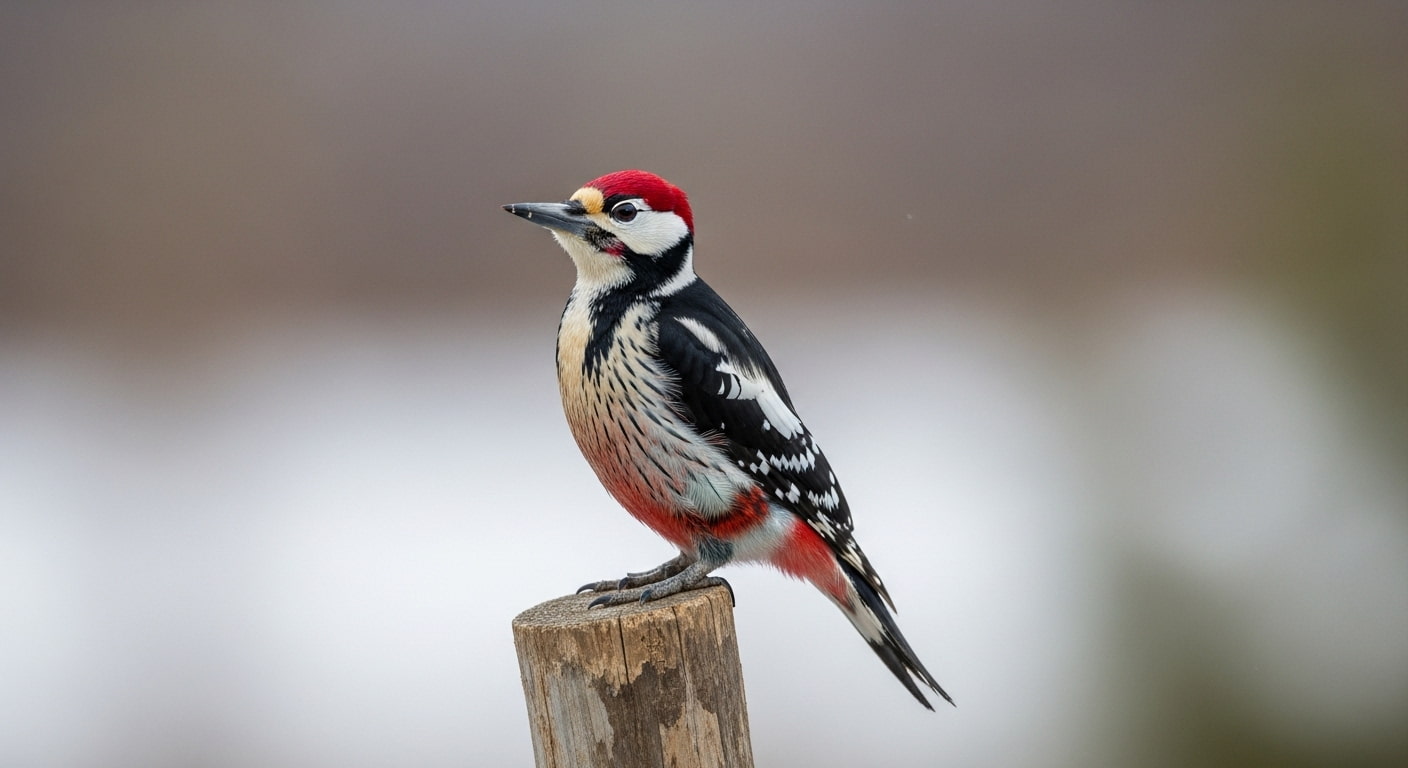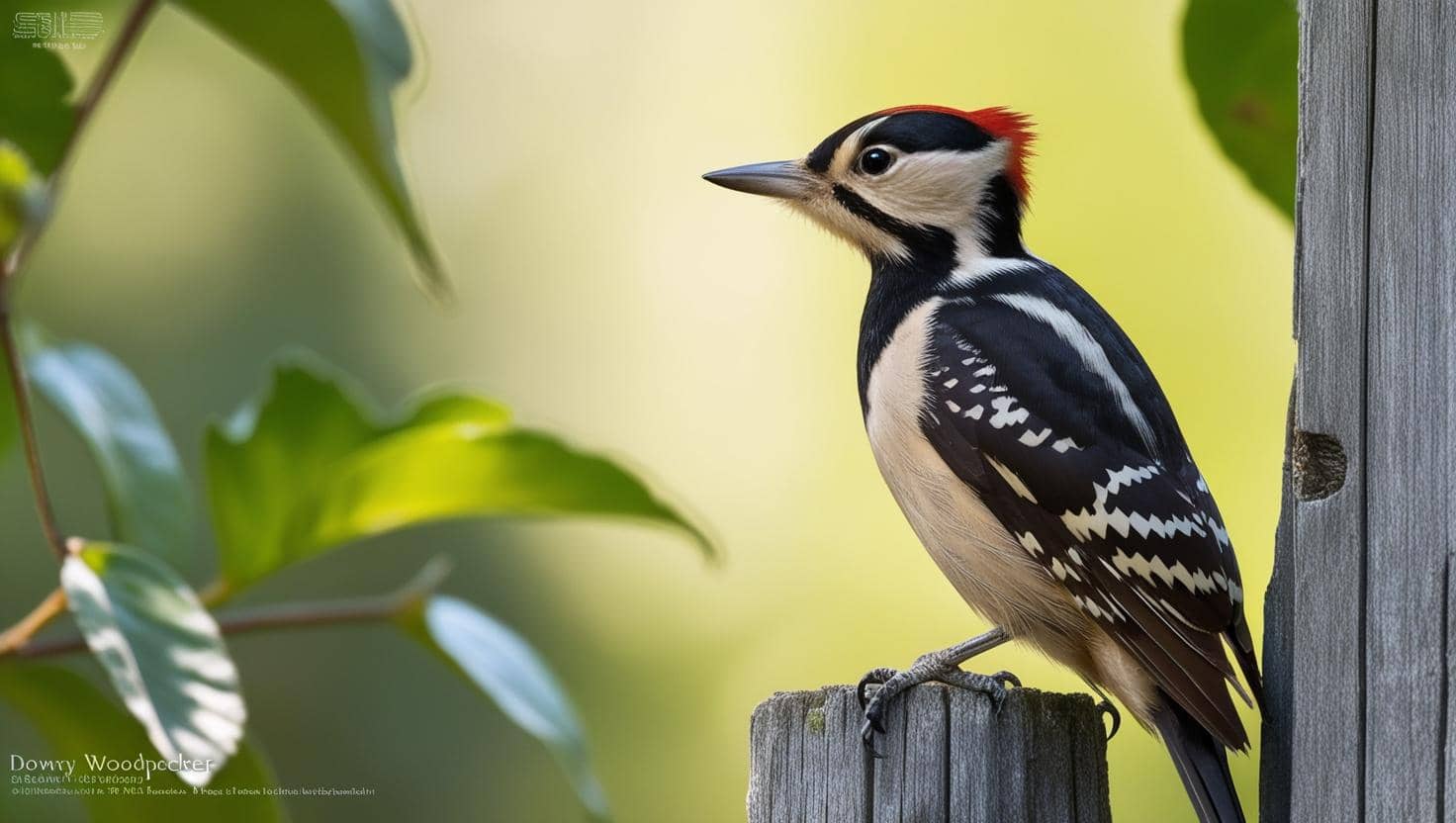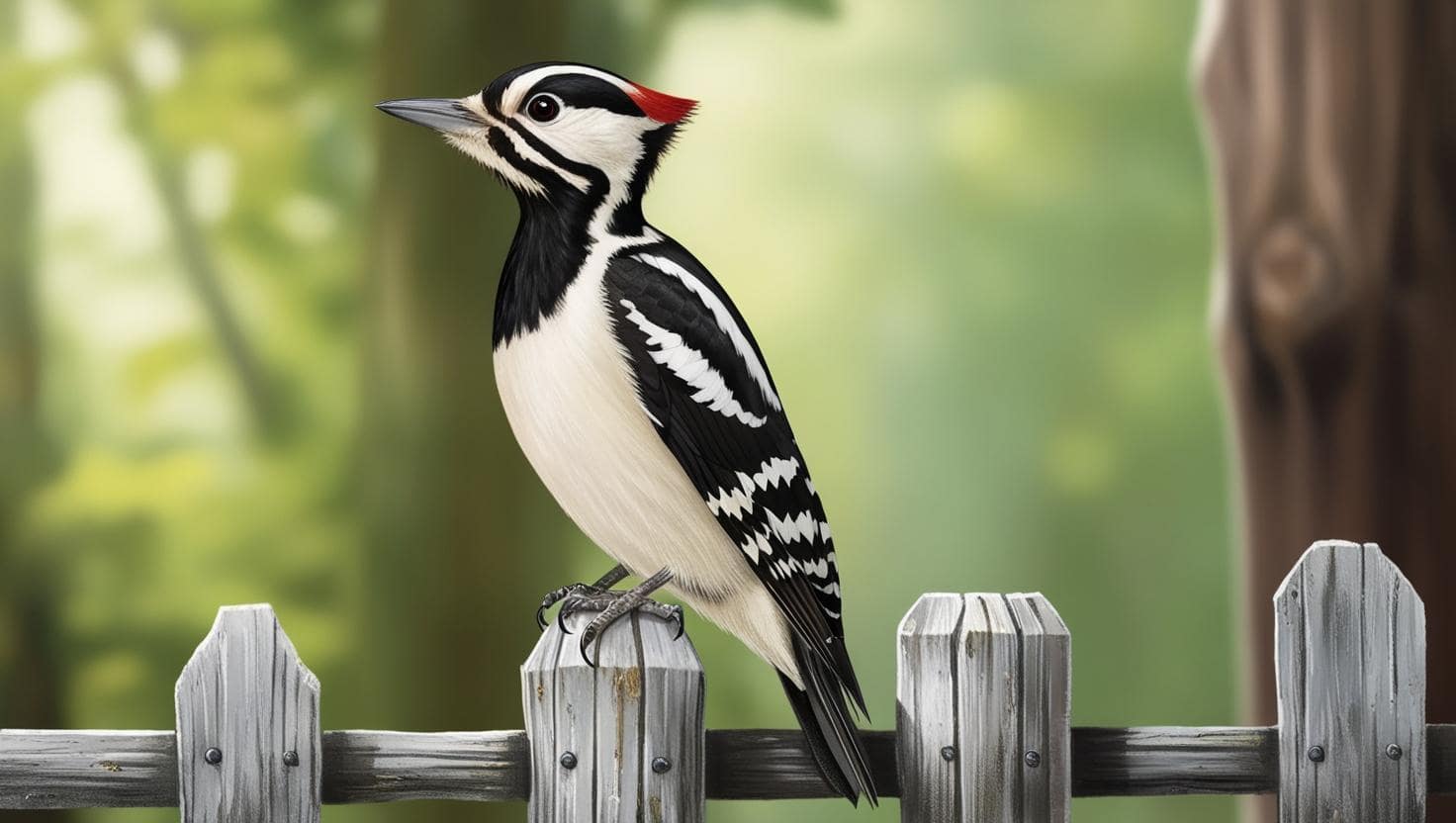Introduction
Woodpeckers are fascinating birds, known for their distinctive drumming and vibrant plumage. However, when they start pecking at your home, trees, or utility poles, they can become a nuisance. Their persistent tapping can cause structural damage, create noise disturbances, and even affect your property’s aesthetic appeal.
If you’re wondering how to get rid of woodpeckers in a way that’s both effective and humane, you’re in the right place. This article explores practical, ethical solutions to deter woodpeckers while respecting their role in the ecosystem.
With a blend of preventive measures, deterrents, and habitat modifications, you can protect your property without harming these protected birds. Let’s dive into why woodpeckers peck, the damage they can cause, and the best strategies to keep them at bay.
Why Do Woodpeckers Peck?

Understanding why woodpeckers peck is the first step to addressing the problem. These birds aren’t just pecking for fun—they have specific reasons rooted in their biology and behavior. Here are the main reasons:
- Foraging for Food: Woodpeckers peck to find insects, such as ants or beetles, hiding beneath tree bark or wooden surfaces. Your home’s siding may mimic the texture of a tree, attracting them.
- Drumming for Communication: Pecking, or “drumming,” is a way woodpeckers mark territory or attract mates. They often choose resonant surfaces like metal gutters or wooden siding to amplify the sound.
- Nesting: Woodpeckers create cavities in trees or wooden structures to build nests. If your home has soft or decaying wood, it may seem like an ideal nesting spot.
According to the Cornell Lab of Ornithology, woodpeckers can peck up to 20 times per second, and a single bird may strike a surface 8,000–12,000 times a day. This relentless behavior can lead to significant damage if not addressed promptly.
The Impact of Woodpecker Damage

Woodpecker activity can cause more than just annoyance. Here’s what you might face if they target your property:
- Structural Damage: Repeated pecking can create holes in wooden siding, fascia boards, or even stucco. These holes can weaken structures and allow water or pests to enter.
- Noise Disturbance: The constant drumming can disrupt your peace, especially early in the morning when woodpeckers are most active.
- Aesthetic Issues: Holes and dents can reduce your home’s curb appeal, potentially lowering its value.
- Costly Repairs: According to HomeAdvisor, repairing woodpecker damage can cost anywhere from $100 to $1,000, depending on the extent of the damage and the materials affected.
Because many woodpecker species are protected under the Migratory Bird Treaty Act in the United States, harming or killing them is illegal without a permit. This makes humane deterrence methods essential when figuring out how to get rid of woodpeckers.
Humane and Effective Solutions to Deter Woodpeckers

Fortunately, there are several humane strategies to discourage woodpeckers from damaging your property. These methods focus on making your home less appealing to them while respecting their natural behaviors. Below are the most effective solutions, organized for clarity and ease of implementation.
1. Modify the Environment
Woodpeckers are drawn to specific conditions. By altering their environment, you can make your property less attractive to them.
- Remove Food Sources: If woodpeckers are pecking for insects, inspect your home for signs of infestations. Look for carpenter ants, termites, or beetles in wooden structures. Hire a pest control professional to eliminate these insects, reducing the woodpeckers’ food supply.
- Trim Trees: Woodpeckers often use nearby trees as perches or nesting sites. Trim branches that are close to your home to limit their access. According to the National Audubon Society, maintaining a 10–15-foot buffer between trees and your house can significantly reduce woodpecker activity.
- Secure Nesting Sites: Cover existing cavities in trees or wooden structures with metal mesh or hardware cloth to prevent woodpeckers from using them.
2. Use Visual Deterrents
Visual deterrents exploit woodpeckers’ instincts to avoid perceived threats. These are affordable, easy to install, and highly effective when used correctly.
- Reflective Tape or Mylar Balloons: Hang strips of reflective tape or shiny Mylar balloons near problem areas. The movement and reflection startle woodpeckers, discouraging them from staying. For best results, place these items where they can catch sunlight and move with the wind.
- Decoy Predators: Install plastic owls, hawks, or snakes in areas where woodpeckers are active. Move these decoys regularly to prevent the birds from getting accustomed to them. A study from the University of California found that decoy predators reduced woodpecker activity by up to 60% in some cases.
- Wind Chimes or Pinwheels: The motion and sound of wind chimes or pinwheels can make woodpeckers uncomfortable, prompting them to leave.
3. Install Physical Barriers
Physical barriers prevent woodpeckers from accessing vulnerable surfaces. These solutions are durable and effective for long-term protection.
- Bird Netting: Install lightweight bird netting over areas where woodpeckers are pecking, such as eaves or siding. Ensure the netting is taut and secured to avoid trapping birds. Netting is particularly effective for protecting large areas like barns or sheds.
- Metal Sheeting or Flashing: Cover wooden surfaces with aluminum flashing or metal sheeting. Woodpeckers find it difficult to peck through metal, and the smooth surface discourages them from trying.
- Woodpecker-Resistant Siding: If you’re replacing siding, consider materials like vinyl or fiber cement, which are less appealing to woodpeckers than wood or stucco.
4. Use Sound-Based Deterrents
Sound deterrents can disrupt woodpeckers’ behavior without causing harm. These are especially useful in areas where visual deterrents may not be practical.
- Ultrasonic Devices: These devices emit high-frequency sounds that are inaudible to humans but irritating to birds. Place them near affected areas, but ensure they’re designed specifically for woodpeckers, as not all birds respond to the same frequencies.
- Distress Call Devices: Some devices play recorded predator calls or woodpecker distress signals. These can scare woodpeckers away by mimicking a threat. Be cautious with volume to avoid disturbing neighbors.
5. Offer Alternative Attractions
Redirecting woodpeckers’ attention to alternative locations can reduce damage to your property. This approach works by giving them what they need elsewhere.
- Suet Feeders: Install suet feeders filled with high-quality suet in a nearby tree or yard area away from your home. Woodpeckers are attracted to suet, which can satisfy their foraging instincts. The National Wildlife Federation reports that suet feeders can reduce woodpecker damage by up to 40% when placed strategically.
- Drumming Posts: Set up a designated “drumming post” made of soft wood in your yard. This gives woodpeckers a place to drum without damaging your home. Replace the post as needed to maintain its appeal.
- Nest Boxes: Provide woodpecker-specific nest boxes in nearby trees. These boxes mimic natural cavities and can draw woodpeckers away from your house. Ensure the boxes are designed for the species in your area, such as the Downy or Red-bellied Woodpecker.
6. Repair and Protect Damaged Areas
Promptly addressing existing damage prevents woodpeckers from returning to the same spots. Here’s how to do it:
- Fill Holes: Use wood putty or caulk to fill pecked holes in wooden surfaces. Sand and paint over the area to create a smooth, unappealing surface.
- Apply Protective Coatings: Use bird-repellent gels or paints on affected areas. These products create a sticky or unpleasant texture that woodpeckers avoid.
- Regular Inspections: Check your home regularly for signs of new damage, especially during spring and fall when woodpecker activity peaks.
Legal Considerations When Dealing with Woodpeckers
Before taking action, it’s crucial to understand the legal protections surrounding woodpeckers. In the United States, most woodpecker species are protected under the Migratory Bird Treaty Act of 1918. This law prohibits harming, killing, or capturing woodpeckers without a permit from the U.S. Fish and Wildlife Service (USFWS).
If woodpecker damage is severe and humane deterrents aren’t working, contact your local USFWS office for guidance. They may issue a permit for specific control measures or recommend professional wildlife services. Never attempt to trap or harm woodpeckers without proper authorization, as fines can reach up to $15,000 per violation.
When to Call a Professional
If you’ve tried multiple deterrent methods and woodpeckers continue to cause problems, it may be time to call a professional. Wildlife control experts or pest management companies can:
- Assess the extent of the damage and identify the woodpecker species involved.
- Install advanced deterrents, such as electrified netting or specialized sound systems.
- Ensure all methods comply with federal and local wildlife laws.
The cost of professional services varies but typically ranges from $200 to $1,500, depending on the complexity of the issue. Look for companies certified by the National Wildlife Control Operators Association for reliable, humane solutions.
Preventing Future Woodpecker Problems
Once you’ve successfully deterred woodpeckers, take steps to prevent them from returning. Here are some proactive measures:
- Maintain Your Home: Regularly inspect and repair wooden surfaces to eliminate soft or decaying wood that attracts woodpeckers.
- Monitor Insect Activity: Keep an eye out for signs of insect infestations, as these are a primary food source for woodpeckers.
- Use Durable Materials: When renovating or building, opt for woodpecker-resistant materials like metal or vinyl siding.
- Stay Consistent with Deterrents: Keep visual or sound deterrents in place during peak woodpecker seasons (spring and fall) to maintain a bird-free zone.
Common Woodpecker Species and Their Behaviors
Understanding the specific woodpecker species in your area can help tailor your deterrence strategy. Here are a few common species in North America and their habits:
- Downy Woodpecker: Small and widespread, these woodpeckers often target smaller branches and wooden siding. They’re highly responsive to suet feeders.
- Red-bellied Woodpecker: Known for their loud drumming, they prefer larger trees but may peck at homes if food is scarce.
- Pileated Woodpecker: The largest woodpecker in North America, they create large, rectangular holes and are harder to deter due to their size and strength.
The Audubon Society notes that identifying the species can help you choose the right deterrents, as smaller woodpeckers are more easily scared off than larger ones.
Myths About Woodpecker Control
There are several misconceptions about how to get rid of woodpeckers. Let’s debunk a few:
- Myth: Loud noises always work. While sound deterrents can be effective, woodpeckers may become accustomed to consistent noises like banging pots.
- Myth: Painting wood stops pecking. Painting alone won’t deter woodpeckers if the wood is soft or infested with insects.
- Myth: Trapping is a quick fix. Trapping woodpeckers is illegal without a permit and can harm the birds.
Stick to proven, humane methods to ensure long-term success without risking legal issues or harming wildlife.
Why Humane Solutions Matter
Woodpeckers play a vital role in ecosystems. They control insect populations, create nesting cavities for other birds, and contribute to forest health. By using humane methods to deter them, you protect your property while preserving these ecological benefits. The U.S. Forest Service estimates that woodpeckers consume up to 85% of certain pest insect populations, making them valuable allies in natural pest control.
Conclusion
Dealing with woodpeckers can be frustrating, but with the right approach, you can protect your home without harming these remarkable birds. By combining environmental modifications, visual and sound deterrents, physical barriers, and alternative attractions, you can effectively deter woodpeckers while staying compliant with wildlife laws. Regular maintenance and vigilance will keep your property woodpecker-free in the long term.
If you’re struggling to manage woodpecker activity, don’t hesitate to consult a professional for tailored solutions. With patience and persistence, you can find a balance that protects both your home and the woodpeckers in your area.






More Stories
How To Style A Coffee Table For Every Home
How to Decorate Your Home for Christmas Like a Pro
15 Easy Steps to Build a DIY Pergola: A Complete Homeowner’s Guide